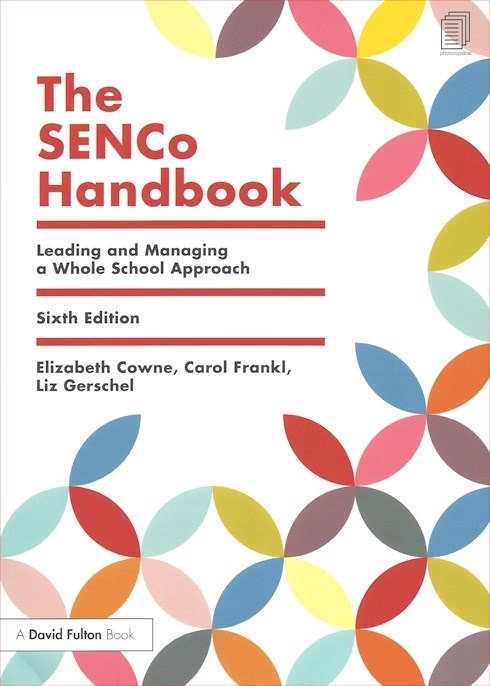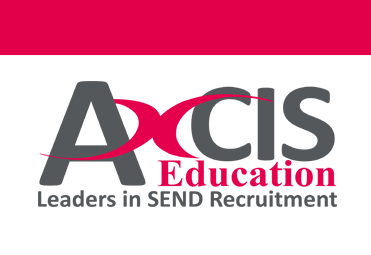The Role of the SENCO

What does a SENCO do? What’s the difference between a SENDCO and a SENCO? How do you become a SENCO? Find out more about the role of the SENCO here.
What does SENCO stand for?
SENCO stands for special educational needs coordinator. It may also be referred to as SENDCO (special educational needs and disabilities coordinator). This is because under the most recent revision of the SEND code of practice, the word disabilities was added. Both roles are the same, people just use a mixture of the terminology.
What does a SENCO do?
The SENCO is responsible for overseeing the day to day operation of the schools SEND policy. They ensure that all students with learning disabilities are well equipped to obtain the right help and support they need at school. The sort of responsibilities this role entails include:
- Assisting with the identification of children with special educational needs.
- Ensuring that the school keeps the records of all pupils with SEND up to date.
- Assisting in the creating and maintenance of EHC (Education, Health and Care – formerly Statements) Plans.
- Co-ordinating an appropriate provision for children with SEND, in line with their EHCP.
- Communicating with parents of children with SEND.
- Liaising with other providers, outside agencies, educational psychologists and external agencies.
What qualifications does a SENCO need?
Since the latest SEND Code of Practice was issued, only a qualified teacher can be a SENCO and any newly appointed SENCOs must achieve a National award in Special Educational Needs Coordination within three years of appointment.
What experience do you need to become a SENCO?
Although you could legally become a SENCO as soon as you become a registered teacher, most recently qualified staff would lack the skills, experience and status necessary to do the job effectively. A broad and balanced understanding of special educational needs and disabilities is crucial. This is because you will not only be responding to previously recognised needs, but you’ll also be pivotal in identifying needs as they arise and supporting the development of an EHC Plan where necessary. As the role involves a lot of liaising with other staff, parents, carers and outside professionals, you must also be a confident communicator. Members of the senior leadership team will often find the SENCO role easier to carry out because they hold a status which will enable them to implement change within their setting when required.
Every setting is different
The role of the SENCO can vary greatly from school to school. A small mainstream school may only have a handful of children on roll with very moderate needs, whereas a larger specialist SEND school may have a great many children with broad and complex needs. Therefore, the demands of the role are highly dependent on the provision you choose to work in, so you should only consider taking on this responsibility if you feel that you have the necessary knowledge and skills to perform it effectively.
Are you looking for a SENCO job?
As leaders in SEND, Axcis Education Recruitment are often asked by schools to help find SENCOs – either for interim or permanent appointments. If this is something that you might be interested in, why not register with us or take a look at our jobs pagesto see what SENCO jobs we currently have available?
